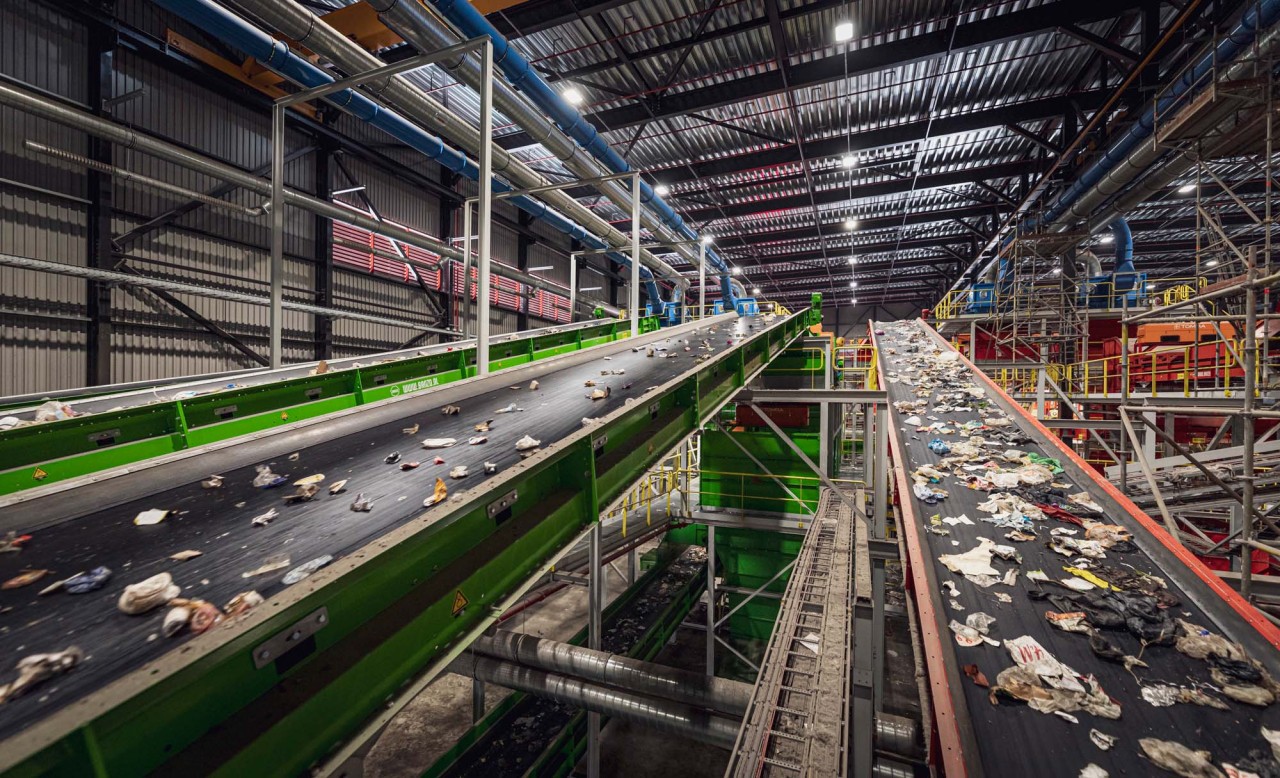AVR, a Dutch residual waste processor, has successfully completed its migration to the Ultimo Cloud. Since 2018, the Ultimo EAM software has been widely deployed across AVR’s facilities across the Netherlands, including in Rozenburg and Duiven, as well as at four transfer stations and their shipping service. Throughout this transition, AVR has maintained a strong focus on quality, especially during the cloud migration. We spoke with Gregory Ketel, Application Management Manager at AVR, about the journey and the lessons learned through this process.
Maintenance and Safety: The Golden Combination
Gregory Ketel joined AVR in 2018, bringing with him a solid background of the Ultimo software from a previous role where he managed an Ultimo implementation and some consulting experience in software implementations. At AVR, he currently leads a team responsible for application management and oversees the integrated use of Ultimo for both maintenance and safety tasks.
“When I joined AVR, I already had the Ultimo knowledge. At AVR, Ultimo supports all of our maintenance operations as well as key safety processes like HSE Management,” he explains. “We use modules such as Shift Handover, HSE Incident Management, Management of Change, and Work Permit Management. The ability to manage both maintenance and safety in a single platform was the main reason we chose Ultimo in the first place; it’s a golden combination.”
Staying Ahead with Software Innovations
Although there was no urgent need to migrate initially as the old version worked well and already allowed external access, AVR eventually decided to move to the Cloud to stay aligned with evolving software developments. “We knew the Cloud was the future,” Gregory shares. “I had taken part in several Ultimo customer panels, and while it’s insightful to discuss new features, at some point, you really want to start using them. Keeping pace with software innovation is essential for any modern organization.”
AVR had also been proactive about keeping their system updated over time, which eased the eventual migration to the Cloud. A practical concern, however, delayed the move for a while: Cloud-based printing capabilities. “Don’t underestimate how many work permits we print at the start of each week,” Gregory notes. “Luckily, Ultimo provided a reliable solution for printing from the Cloud, which removed this key concern for us.”
A Smooth Migration Process
The migration process started in the second half of 2024. According to Gregory, it went even more smoothly than expected: "The entire process was streamlined and trouble-free. The various steps you will face are clearly explained. The Ultimo teams and staff involved proactively engage you. All in all, it wasn't as challenging as we had expected. As always, communication with the people at Ultimo is good and reliable."
When asked to share advice for others preparing for a Cloud migration, Gregory emphasizes the importance of internal communication: "Even if your organization has been using Ultimo for a long time and the purpose and operation of the Ultimo software is already known within the organization, take the time to explain why you are going to migrate to the Cloud. Some colleagues may feel unsure or worried about the changes and impacts this will have on their daily tasks. Many (unnecessary) concerns can be eliminated beforehand and that saves time during the project itself."
